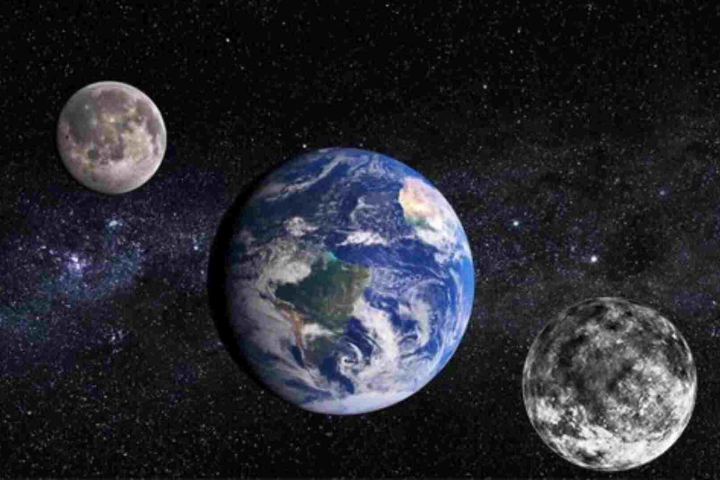Observational Insights and Scientific Value
The upcoming temporary capture of asteroid 2024 PT5 offers an exciting opportunity for astronomers and scientists to gather valuable data about near-Earth objects (NEOs). While this mini-moon will be too dim for naked-eye observation or most amateur telescopes, it will be within the reach of advanced observatories. The American Astronomical Society notes that NEOs following horseshoe-shaped paths and approaching Earth at close range with low relative velocity can become mini-moons for short durations.
During this period, their geocentric energy turns negative, causing them to be temporarily captured by Earth’s gravity. However, they do not complete a full orbit around the planet. This event allows astronomers to refine gravitational models and improve predictions regarding asteroid behavior near Earth. The data collected during 2024 PT5’s short stay will enhance our understanding of how these objects interact with Earth’s gravitational field.
Will PT5 be Visible to the General Public?
Moreover, mini-moons like 2024 PT5 provide an excellent chance to study the nuances of asteroid dynamics in Earth’s vicinity. Although it won’t be visible to the general public, advanced observatories will track its motion and gather data on its size, shape, and composition. Understanding these parameters is crucial for several reasons, including planetary defense. By studying how asteroids behave when they are temporarily captured by Earth’s gravity, scientists can better predict the paths of future NEOs, potentially identifying objects that might pose a risk to our planet.
Additionally, this knowledge aids in the development of strategies to mitigate the impact of any future asteroid threats. The capture of 2024 PT5 is not just a fleeting astronomical event; it’s a learning opportunity that could have long-term benefits for our understanding of space objects and planetary defense.
Historical Context and Future Significance
The phenomenon of mini-moons is not a new occurrence. Earth has experienced several temporary captures of asteroids in the past, such as the case of 2022 NX1 in 1981 and again in 2022. These mini-moons are significant in the context of space exploration and asteroid mining. Their proximity to Earth makes them relatively accessible for missions aimed at studying or even acquiring asteroid resources.
As Federica Spoto, an asteroid dynamics researcher at the Center for Astrophysics, Harvard & Smithsonian, mentioned, mini-moons are frequently discussed in the context of asteroid mining. These objects serve as potential stepping stones for future space missions, providing a more immediate target for testing technologies and methods that could be used for resource acquisition on larger asteroids or even other celestial bodies. Their study could pave the way for sustainable space exploration by offering insights into how we can utilize the materials available in our solar system.
Scientific Knowledge Advancement
In addition to their potential for mining, mini-moons also offer a unique opportunity to understand the origins and evolution of asteroids. The possibility that 2024 PT5 might be a fragment from an impact on the moon adds an intriguing element to its story. This aspect could provide scientists with clues about the history of lunar impacts and the processes that have shaped both the moon and Earth.
Although 2024 PT5 will not complete a full revolution around Earth and thus might not strictly qualify as a true mini-moon, its brief interaction with our planet still holds scientific value. This event underscores the need for continued monitoring and study of near-Earth objects, not only for their immediate scientific value but also for their potential applications in future space missions. Understanding these objects could inform the development of strategies for asteroid deflection, resource utilization, and deep space exploration.




GIPHY App Key not set. Please check settings